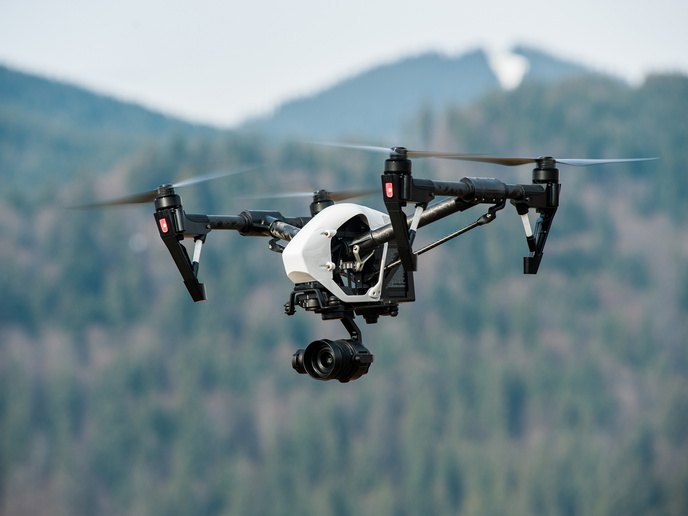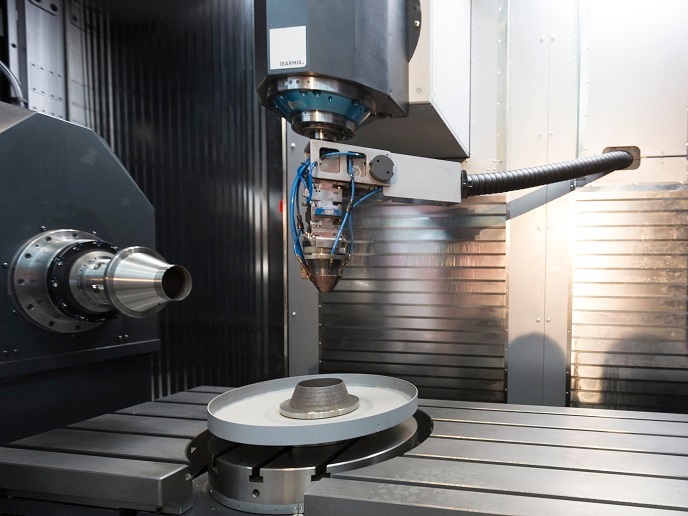Low-impact technologies advance search for critical raw materials
Europe is in the midst of a transition to a low-carbon digital economy reliant on critical raw materials (CRMs)(opens in new window). These materials, which include lithium, cobalt, nickel, gallium, boron, tungsten and many others, have been designated CRMs because of their economic importance and supply chain risk. As Europe moves forward, it is essential to build public trust and secure access to CRMs with minimal environmental damage. The EU-funded AGEMERA(opens in new window) project has made substantial advances in both these areas.
Test sites for mineral system mapping
AGEMERA tested innovative exploration technologies in Finland, Bosnia and Herzegovina, Spain, Bulgaria, Poland and Zambia. The sites were chosen to accelerate the discovery of CRMs and to demonstrate innovative, non-invasive exploration methods across a variety of settings. In parallel, geological field work and updated mineral system models were developed to improve understanding of the subsurface at each site. Studies in Finland increased understanding on the occurrence of cobalt in an area known for orogenic gold systems. In Bosnia and Herzegovina, the project targeted bauxite deposits that may contain REEs(opens in new window). In Spain, the focus was on tungsten and in Bulgaria, the project targeted geologically complex porphyry systems with high CRM potential. Cobalt, molybdenum and vanadium were the focus in Poland, where technologies were tested in a mature copper and silver mining area. In Zambia, a key EU partner in Africa, AGEMERA focused on lithium and manganese.
Cutting-edge non-invasive exploration technologies
The project tested three types of technologies: passive seismic methods, drone-based systems and cosmic-ray muography. Passive seismic methods use background vibrations to image underground features. Of the passive seismic techniques tested, Rayleigh Wave Ellipticity (RWE)(opens in new window) proved most successful. Drones mounted with magnetic and electromagnetic sensors allowed AGEMERA to collect data from the air. This approach is especially useful in areas with difficult accessibility due to terrain or vegetation. Muons are subatomic particles that constantly bombard the Earth from space. Thanks to their high energy, they can penetrate deep underground. Muography exploits this. “Similar to how X-rays reveal the inside of a body, muons can be used to detect density differences in rock, helping the industry to locate voids, faults, or dense ore bodies”, notes project coordinator Jari Joutsenvaara. “Alongside sensor innovations, AGEMERA has developed an AI-powered digital platform that brings together all the project’s data sources into a single, accessible, web-based environment,” Joutsenvaara adds.
Building public trust
The public's understanding of modern mining is often limited and outdated. Some of the sites tested by AGEMERA have long histories of mineral extraction that caused environmental damage. Given the magnitude of Europe’s economic transition, it is important to educate and raise public awareness of modern mining priorities and technologies — especially their role in enabling the green and digital transformation. To that end, AGEMERA is conducting extensive outreach and awareness activities, aiming to reach 5 000 000 citizens by 2030. Through university courses, workshops, seminars and stakeholder meetings, AGEMERA has made progress in raising public awareness. A noteworthy project achievement is an online CRM serious game(opens in new window) that has potential for mass outreach. Through these activities, AGEMERA is helping citizens learn about the importance of CRMs in the modern economy, contributing to broader public engagement. In doing so, and building on its technical and societal innovations, AGEMERA is advancing Europe’s CRM-centred economic transformation.







